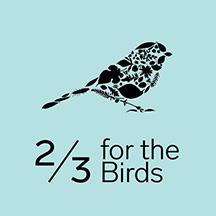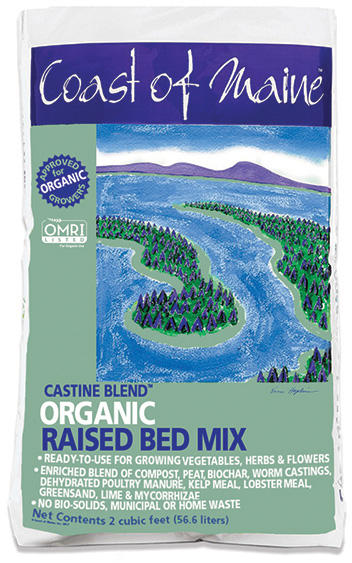By Will Rowlands We’ve been promoting native plants ever since we took over Connecticut Gardener magazine in 2010. The reason for this is fairly simple … biodiversity is a good thing. It’s not only better for birds, pollinators and insects, it also creates a more resilient ecosystem. A yard with a large lawn and some boxwoods doesn’t do anybody any good, ecologically speaking, especially if you’re using chemicals to maintain the property. It’s essentially an ecological wasteland at a time when populations of birds, pollinators, insects and native plants are all declining. We’re excited to see that native plants have finally begun to get some traction in the last few…
-
-
Dandelion – Sunflower of Spring?
By Will Rowlands Why do people go to such extremes to get rid of dandelions? There are many good things about the plant and very little bad, unless you consider the amount of work and herbicides expended in trying to get rid of them! Dandelions (Taraxacum spp.) haven’t always been considered weeds. Quite the contrary, they’ve been prized for their beauty, eaten, and used in medicine and magic. They were reportedly considered delicacies by the Victorian gentry, who used them in salads and sandwiches. It is likely they were brought to the U.S. intentionally for culinary and/or medicinal purposes. Dandelions were used for centuries by the Celts, Chinese, Egyptians, Greeks,…
-
Welcome Bugs Into Your Yard
YOU MIGHT JUST SAVE THE WORLDBy Douglas W. Tallamy UNFORTUNATELY, we humans are now in a position to declare victory in our long war on insects. The United Nations’ Global Assessment Report on Biodiversity and Ecosystem Services has found 1 million plant and animal species, mostly bugs, to be at imminent risk of extinction. Industrial agriculture, millions of miles of road hazards, unnecessary lights, overuse of pesticides, habitat elimination, tens of millions of acres of sterile lawn and the widespread displacement of native plants have caused a 45 percent decline in insect populations just in the past 40 years. Originally published in the Washington Post on Feb. 20, 2020 To…
-
Biochar – Boon or Boondoggle?
SEPT-OCT 2018 – There’s been a lot of buzz lately about the benefits of biochar as a soil amendment. It’s been touted not only as a fertility enhancer but also for its potential to sequester carbon, reduce greenhouse gasses, suppress plant disease and remediate contaminated soil. Biochar isn’t fertilizer but it has a porous structure that attracts beneficial micro-organisms and helps soil retain water and nutrients. According to the U.S. Biochar Initiative (biochar-us.org), it’s a fine-grained charcoal made by pyrolysis, the process of heating biomass with limited to no oxygen in a specially designed furnace capturing all emissions, gases and oils for reuse as energy. Depending on the temperature used,…



